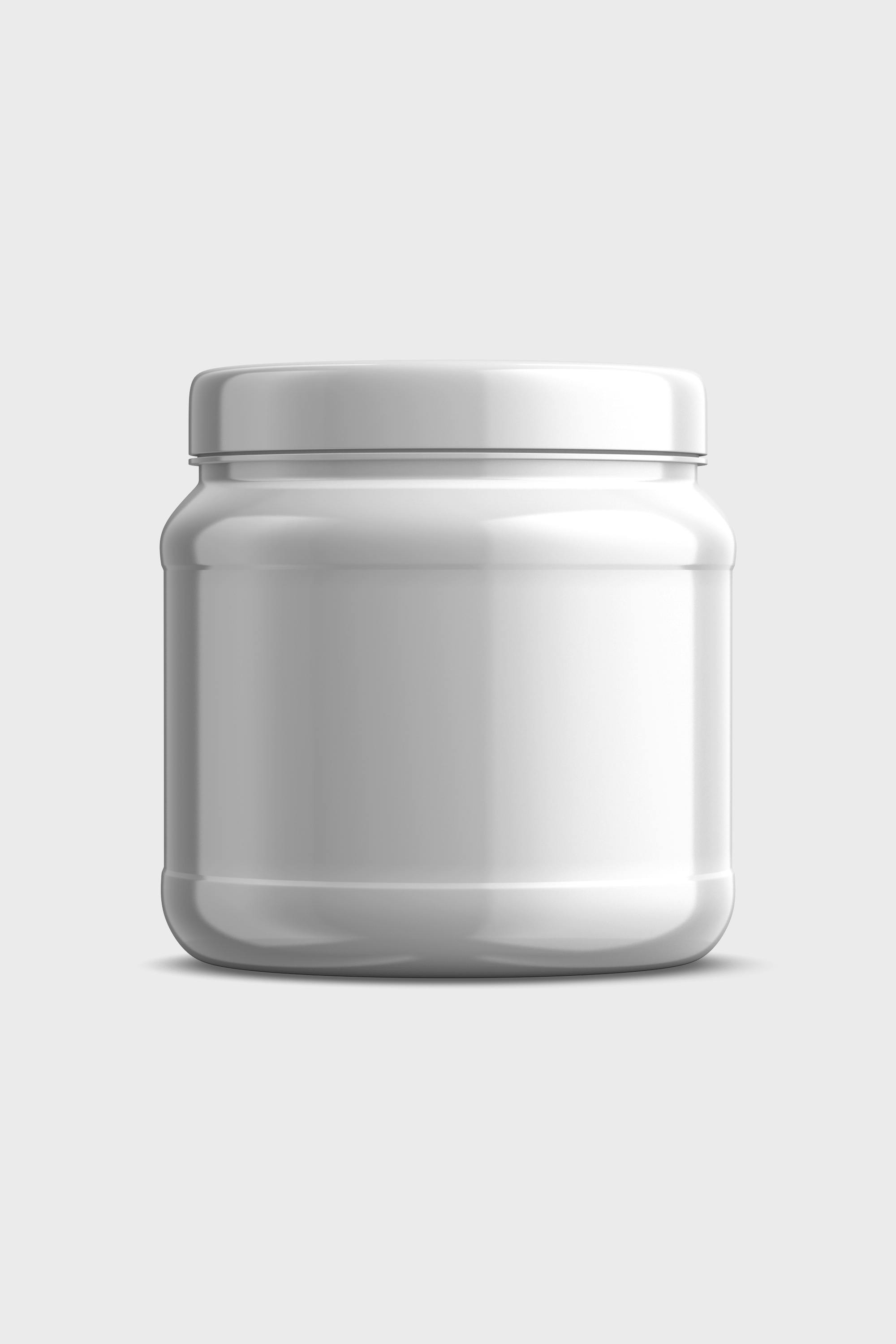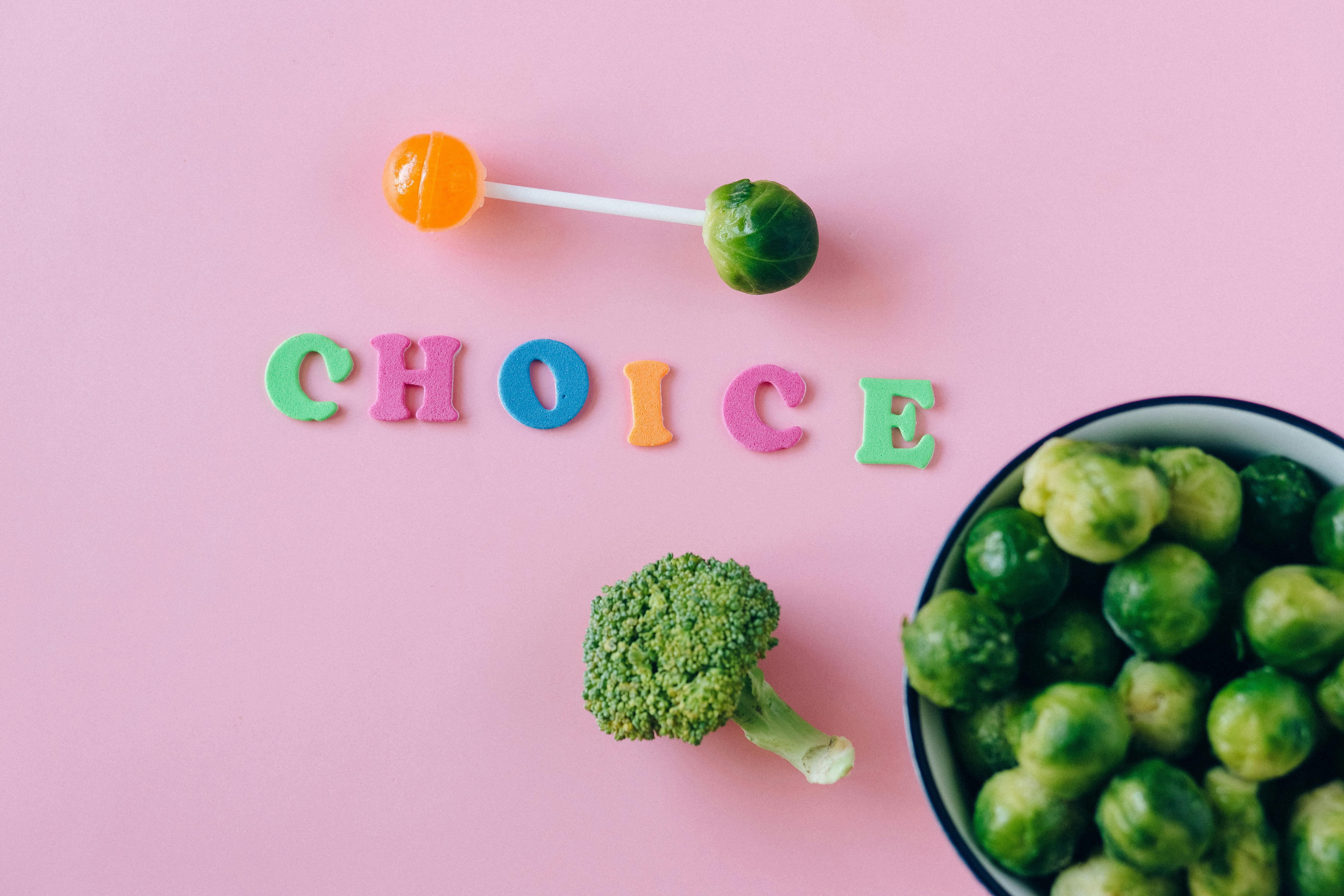
Practical Guide to a 7-Day Low Potassium Meal Plan for Better Health in 2025
Managing potassium intake is crucial for those looking to maintain kidney health and achieve a balanced diet. A low potassium diet can help reduce the risk of complications associated with high potassium levels, especially for individuals with kidney disease. Not only does this meal plan cater to dietary restrictions, but it also supports a healthy lifestyle by incorporating delicious, nutritious recipes that everyone can enjoy.
This 7-day low potassium meal plan is designed to provide meal suggestions that are not only easy to prepare but also packed with flavor. Throughout this article, you'll discover practical tips for grocery shopping, meal prep, and ingredient substitutions that adhere to dietary guidelines while maximizing health benefits. Additionally, we will explore the importance of portion control and meal timing, ensuring a comprehensive understanding of how to maintain a low potassium diet effectively.
By following this guide, you'll gain access to a variety of low potassium foods, creative meal ideas, and helpful cooking techniques, all tailored to enhance your wellness journey. Let’s dive into the essentials of effective meal planning!

Essential Components of a Low Potassium Diet
The foundation of a low potassium diet revolves around understanding potassium levels in food. It's essential to learn which foods are high in potassium to make informed dietary choices. Potassium-rich foods commonly include bananas, potatoes, and certain dairy products. By replacing these with low potassium alternatives, you can manage your intake while still enjoying a satisfying diet.
Understanding Potassium Levels
Potassium levels can vary greatly across food types. A comprehensive knowledge of potassium content in different foods helps in better dietary management. For example, white rice is a low potassium option compared to brown rice. Keeping an eye on nutrition facts can simplify your meal prep, ensuring delicious meals that fit within your dietary framework.
Low Potassium Food Categories
When forming a plan, focus on incorporating low potassium fruits and low potassium vegetables. Common choices include apples, blueberries, carrots, and zucchini. These can serve as the base for myriad healthy meals and snacks, ensuring varied and nutritious options throughout the week.
Importance of Portion Control
Portion control is vital in managing dietary restrictions effectively. By monitoring portion sizes, you can enjoy a wider variety of foods while still adhering to potassium limits. For instance, opting for a smaller portion of whole grains can help maintain a balanced nutrient intake without surpassing potassium recommendations.
Having established key concepts regarding potassium intake, we'll now explore specific meal ideas that can guide your weekly meal prep effectively.
Creating Your 7-Day Low Potassium Meal Plan
Planning meals ahead is a strategic way to ensure you stay within potassium limits while enjoying diverse foods. Here’s a sample 7-day meal plan that incorporates low potassium foods and highlights various cooking methods.
Day 1: Kickstart the Week
For breakfast, enjoy oatmeal made with water topped with fresh blueberries. Lunch can be a turkey wrap using a low sodium tortilla and shredded lettuce. For dinner, grilled chicken breast served with steamed carrots and a side of white rice makes for a harmonious meal.
Day 2: Flavorful Favourites
On Day 2, prepare pancakes using alternative flours and serve with a light syrup. A quinoa salad with cucumbers and a lemon dressing can be a refreshing lunch. For dinner, consider a stir-fry with lean proteins and low potassium veggies like bell peppers.
Day 3: Incorporating Dairy Alternatives
Enjoy almond milk smoothies for breakfast, and for lunch, create a salad using leafy greens, low potassium toppings, and protein. Dinner could be a baked fish dish paired with wild rice and asparagus, showcasing various culinary techniques to keep meals exciting.
This plan offers just a peek into the diverse meal options available while following your dietary restrictions. Continuing with this format, you can alternate meals focusing on healthy cooking techniques, keeping ingredient variety in consideration to uphold nutritional benefits.

Tips for Meal Preparation and Grocery Shopping
Effective meal prep and smart grocery shopping habits can greatly enhance your low potassium diet experience. Planning ahead enables you to stick to your nutritional goals and reduces stress around meal decisions.
Weekly Meal Prep Strategies
Batch cooking is an effective strategy that allows you to prepare several meals at once, saving you time during the week. Cook simple recipes that can be stored and enjoyed later, such as soups or casseroles with low potassium vegetables. Proper storage techniques will help maintain freshness while being convenient for quick meals.
Creating a Shopping List
When grocery shopping, create a detailed shopping list focusing on low potassium fruits, vegetables, whole grains, and lean protein options. Aim for seasonal produce, which can often be more affordable and flavorful. Additionally, check food labels to ensure you avoid unnecessary sodium and potassium additives.
Using Food Substitutions
Incorporate ingredient swaps to enhance your meals without compromising your dietary needs. For example, using cauliflower rice instead of regular rice can reduce potassium intake significantly. It’s essential to understand how different substitutes can impact your meals nutritionally.
With meal preparation and grocery strategies established, let's explore some delicious recipes to bring your low potassium diet to life.
Nutritious Low Potassium Recipes to Try
Cooking at home allows for complete control over what goes into your meals. Here are some recipes that align with a low potassium dietary framework:
Simple Breakfast Ideas
Start your day with an egg white omelette packed with spinach and optional herbs for added flavor. Pair it with a slice of low potassium bread. For those who need a quick breakfast, consider overnight oats with almond milk and blueberries.
Hearty Lunch Options
For lunch, prepare a vegetarian quinoa bowl using bell peppers, cucumbers, and chickpeas. Or opt for a chicken salad with lettuce, carrots, and a light vinaigrette. Both options provide balanced nutrition to keep you energized throughout the day.
Inviting Dinner Alternatives
Dinner can be an exciting affair with baked chicken seasoned with your favorite herbs, served alongside roasted green beans and a small portion of pasta. This approach keeps meals delicious without exceeding potassium limits.
Maintaining a Balanced Diet with Low Sodium Options
Balancing nutrients while on a low potassium diet requires attention to sodium levels. It’s important to incorporate low sodium options to further enhance kidney health.
Understanding Low Sodium Foods
Focusing on low sodium options can help prevent high blood pressure and fluid retention. Foods such as fresh fruits, vegetables, and unsalted nuts are excellent choices. When dining out, always inquire about meal preparation methods to ensure they meet your nutritional needs.
Meal Timing and Frequency
Establishing a consistent eating schedule can be very beneficial. Regular meal timings help manage appetite and maintain energy levels. Ensuring balanced meals helps to prevent carbohydrate and sugar spikes, contributing positively to health outcomes.
Hydration Tips
Hydration is key, especially in a low potassium context. Drinking enough water aids in kidney function and overall strength. Be cautious with potassium-rich fluids like certain juices; instead, opt for water or herbal teas.
Frequently Asked Questions about Low Potassium Meal Planning
What foods should I avoid on a low potassium diet?
Avoid foods known to be high in potassium, such as bananas, oranges, potatoes, and spinach. Always check food labels to monitor potassium levels effectively.
How can I make low potassium meals more flavorful?
Utilize herbs and spices to add flavor without increasing potassium levels. Cooking techniques such as grilling or roasting can also enhance taste while keeping meals healthy.
What are good alternatives to bananas in smoothies?
Applesauce, strawberries, or low potassium yogurt can provide a great texture and flavor in smoothies, making an excellent substitute for bananas.
How often should I consult with a dietitian?
Regular consultations with a dietitian can be valuable, especially when adjusting your diet. They can provide personalized dietary guidelines to fit your specific health needs.
Are there low potassium snacks I can enjoy?
Yes, options such as unsalted rice cakes, popcorn, or vegetable sticks make healthy low potassium snacks, offering variety to your diet.
This comprehensive guide to a 7-day low potassium meal plan not only emphasizes kidney health but also encourages culinary creativity towards a healthier lifestyle. By actively managing potassium intake, you take a proactive step in achieving better health in 2025!